Human teleportation? This century we’re stuck doing it virtually
Beaming real bodies around still eludes science, but beaming them virtually is no problem

The transporters used in Star Trek and other sci-fi movies teleported whole bodies throughout the universe. In the real world, that isn’t possible yet. But we can teleport images of ourselves for virtual interactions — both on Earth and out of this world.
Grandfailure/iStock/Getty Images Plus
Share this:
- Share via email (Opens in new window) Email
- Click to share on Facebook (Opens in new window) Facebook
- Click to share on X (Opens in new window) X
- Click to share on Pinterest (Opens in new window) Pinterest
- Click to share on Reddit (Opens in new window) Reddit
- Share to Google Classroom (Opens in new window) Google Classroom
- Click to print (Opens in new window) Print
By Payal Dhar
Science fiction has inspired plenty of today’s technologies. But one that many of us would really like access to remains elusive: teleportation.
It’s what the folks in Star Trek do, for instance, as they routinely beam themselves to and from distant sites. The process appears to break down people’s bodies into their constituent atoms, then stream them to some destination where they reassemble perfectly.
That type of teleportation is a long way off, scientists say. At least right now, says Paul Weaver, “there’s no reason to believe we could do that.” You’d need a beam receiver at one site that could “then remotely [recreate a body] in another place.” That’s still science fiction, says Weaver, who trained in computer science (and claims to be a card-carrying sci-fi nerd).
If, however, we define teleportation as “getting somewhere very quickly,” he says, then there are a few ways to do it. One is faster-than-light (FTL) travel. Like Doctor Who’s TARDIS, zipping across space and time. Or like the starships of Earth emigrants in The Ark (a show that debuted on the SYFY channel in early 2023). The rub: Humans haven’t truly managed this yet.
However, Weaver notes, “We do have 3-D printing.”
A 3-D printer that is advanced enough, he says, might be able to print a human at some distant destination. Presumably, we could teleport that way. The real challenge, he adds, would be sending the “information” that defines us.
What would that information consist of? How much data would it take to define someone? What bandwidth would we need to transfer those data wirelessly?
In 2013, physicists at the University of Leicester, in England, tried to come up with some numbers. They calculated the time, energy and data needed to teleport someone from Earth to space. At data transfer speeds available 10 years ago, they found, it would have taken at least 4.8 trillion years. That’s 350 times longer than the age of the universe! Even with today’s improved data speeds, that type of teleportation remains totally unrealistic.
However, other types of teleportation are quite real. For instance, quantum teleportation has been demonstrated at the subatomic level. It’s related to a phenomenon known as quantum entanglement. (It’s something Albert Einstein described as “spooky action at a distance.” And for demonstrating its existence, two physicists took home a 2022 Nobel prize.)
In quantum teleportation, two subatomic particles are considered entangled when some aspects of one of those particles depend on aspects of the other — no matter how far apart they are or what may lie between them. To teleport an entire human being, however, is a different matter. It’s not just because bodies are much larger. The basic physics also changes dramatically. So that’s ruled out for transferring humans.
Fortunately, another type — virtual teleportation — is already here.
Field trip by teleportation
Laura Shackelford works at the University of Illinois in Urbana-Champaign. As a paleoanthropologist, she studies ancient humans. As part of her work, she teaches students how to do excavations. This usually takes place at some field school. But in 2017, she started to design something different: virtual excavations.
Her students get “beamed” — virtually — into a cave at a national park. Supposedly, a private company discovered natural gas supplies under this site. It now wants to begin mining the gas there by fracking.
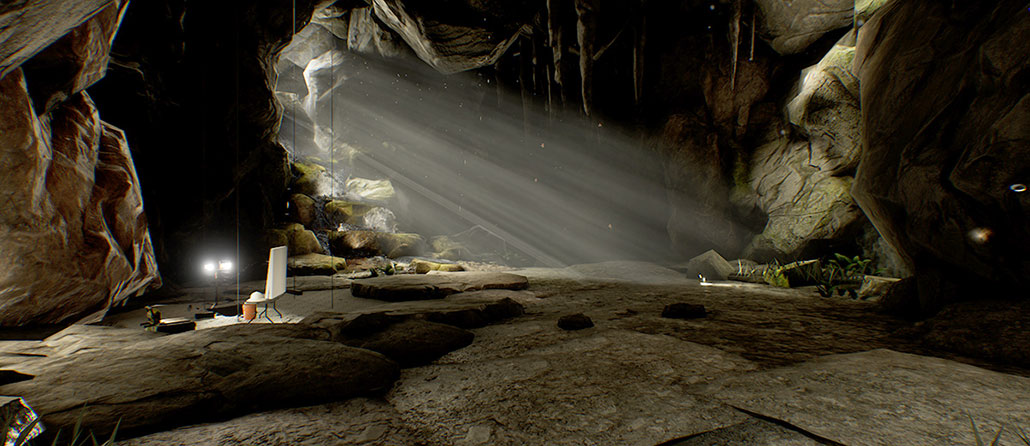
Shackelford’s students become the archaeologists in charge. Their first task: Study the site’s history by excavating it. They must find out if the site has some historic or cultural importance that means it should be left intact.
The students do exactly what they would at a real field school. They learn excavation techniques. They dig up artifacts. They even run lab analyses.
Shackelford’s goal is to boost the accessibility of field sites. Field schools tend to be expensive. They also can be quite challenging for people with physical disabilities. Her virtual program gets around those problems. Her students get the experiences they need without having to leave her classroom.
From that perspective, she says, “It’s been really successful.” She’s run it twice so far — in 2019 and 2020.
The role of collaboration
Archaeology is very collaborative. To emphasize that, Shackelford’s students work in pairs. They take turns donning their team’s virtual reality (VR) headset to excavate. At other times they act as the team’s support person.
Support partners have a number of tasks. One is to keep teammates wearing the VR headsets from running into objects and their other excavating classmates. “It’s partly a matter of safety,” Shackelford explains. “I have a room full of students, half of whom are blinded because they’re in a virtual headset.”
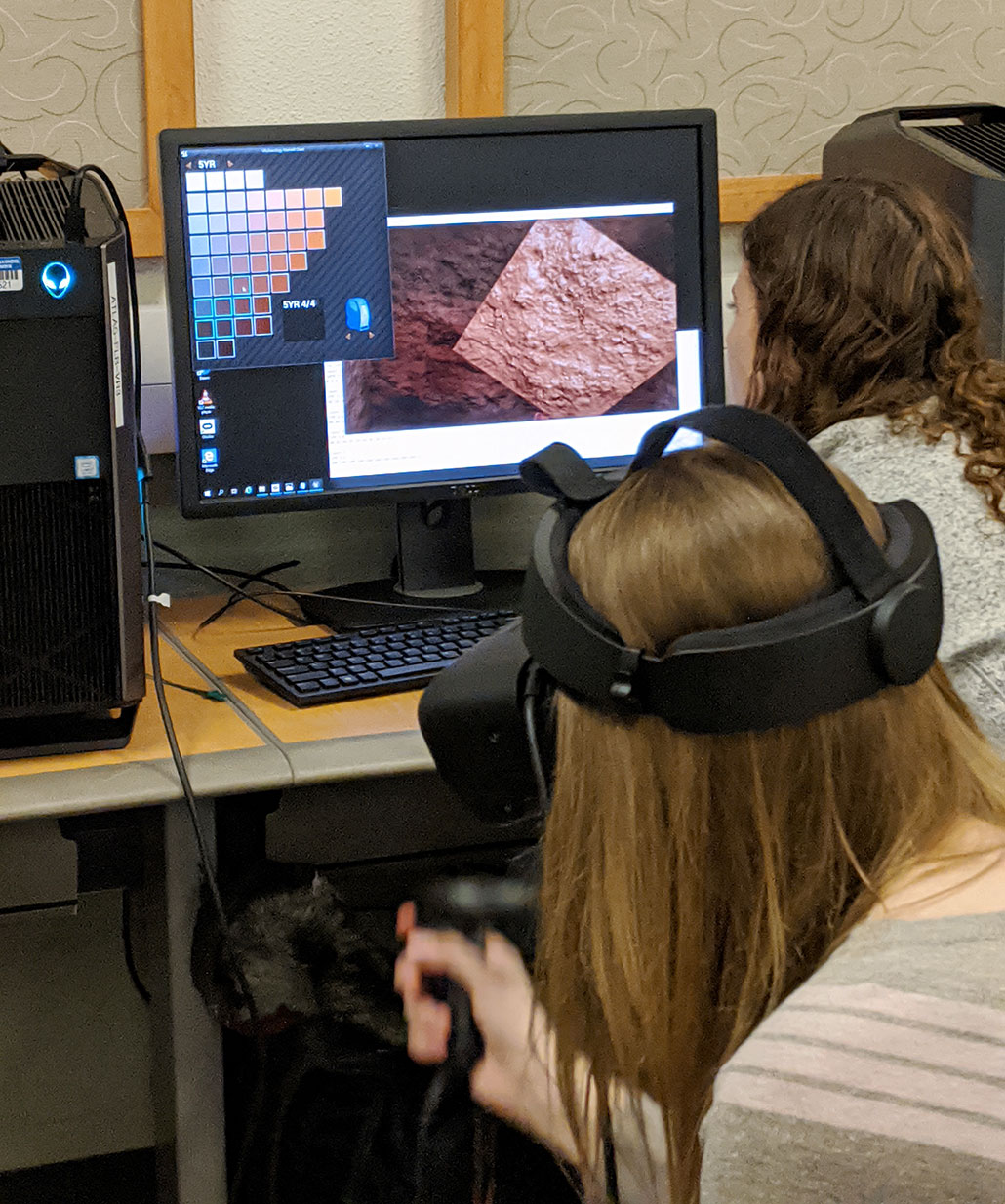
At a true field site, each pair would be working in a different area of the excavation, Shackelford says. To add that feel for her students, each pair works at a different section of the virtual site. Later, they have to share what they’ve learned to interpret the data being gathered.
“They can’t figure out what the site was used for,” she points out, until “they collaborate.”
In this program, the students will discover that the cave housed a tuberculosis (TB) clinic around the 1940s. Patients lived there while being treated for the disease.
In the first half of the 20th century, TB was a significant problem in the United States. At the time, one doctor noticed that caves tended to have clean, dry air. That doctor argued that caves, then, might be good places in which TB patients could recover. In response, some physicians set up clinics in various caves.
“Doctors [later] found that that was a terrible idea,” Shackelford says. It proved to be “the exact opposite kind of environment you’d want for TB patients.” Her students are now virtually unearthing some of this real TB history. And they’re able to take part without the time demands, costs and other challenges of travel and accessing dig sites.
Shackelford hopes to run the program again in 2024. She also plans to open it to others beyond her own classes. Meanwhile, she’s working with her colleagues to improve the course.
For instance, her team wants to make the program accessible to wheelchair users. They’re also adding more specialized labs. One lab teaches how to process plant samples. She’s now creating one to study animal remains. Another will focus on dating ancient samples based on the radioactive isotopes in them.
Holoporting into space
What good is teleportation — even the virtual type — if you can’t beam people into space? Well, you already can, sort of. In October 2021, NASA beamed one of its medics, Josef Schmid, to the International Space Station (ISS). There, the doctor gave one astronaut a virtual exam.
The space agency used a technique known as holoportation (a mashup of hologram and teleportation). And this term fits: it combines holography with extended reality (XR). To do it, NASA used off-the-shelf hardware.
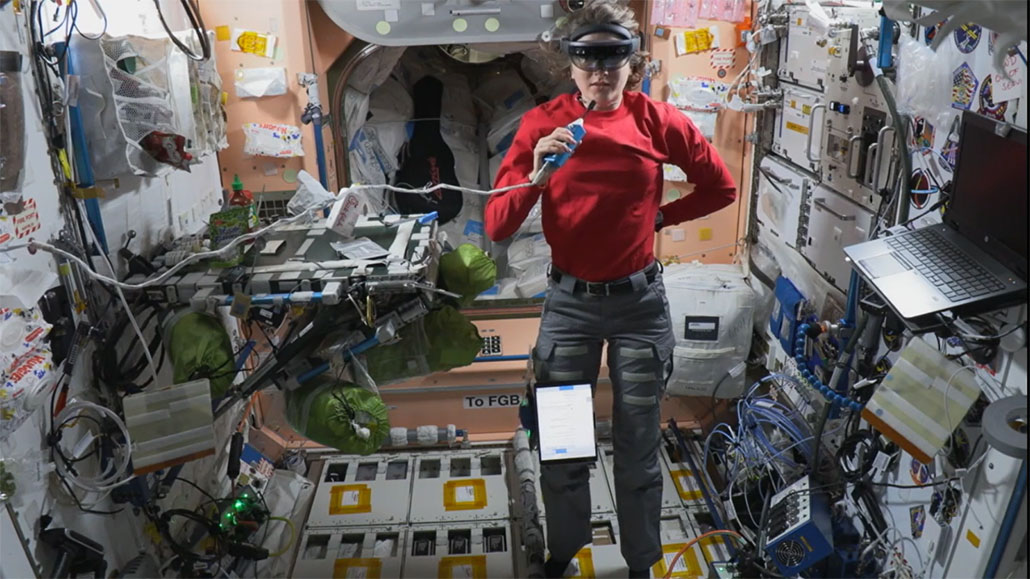
The headset had an entire holographic computer inside. A motion-sensing camera used advanced sensors to capture high-quality 3-D “models” of the team to be “transported.” Those data were then compressed and transmitted live to the ISS. An app called HoloWizard (designed by the software company AEXA) powered the system.
Schmid is a NASA flight surgeon. Being a medical doctor, he takes care of astronauts and their families. But for his visit to the ISS, he never left Earth. NASA projected him up there as a 3-D hologram. It also did this for other members of the team, such as AEXA‘s chief, Fernando De La Peña Llaca. The astronauts could see the virtual visitors and interact with them in real time.
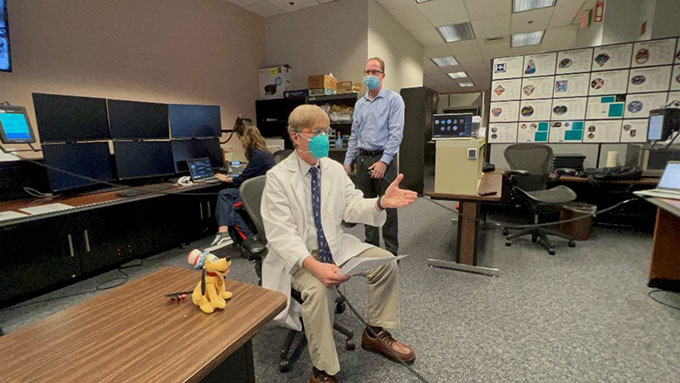
“We knew we were connected when the crew member [wearing the headset] said, ‘Whoa!’” recalls Schmid. “We were floating in front of him … as if we were there.”
But Schmid and the others remained firmly at NASA’s Mission Control Center in Houston, Texas. A portion of the space station appeared to be floating in front of each of them. It was “like I was looking into a portal into [the ISS],” Schmid recalls.

The imagery wasn’t perfect. There were pixelation issues. And sometimes the linkup turned wobbly. But for Schmid, it felt like a glimpse into the future.
While “on” the ISS, he demonstrated a cranial nerve exam. It’s something he might perform with a patient in his office. He also showed the crew how to do a knee exam. Then he proceeded to virtually shake the hand of astronaut Thomas Pesquet. (This was the first ever Earth–space handshake, but it’s unlikely to be the last.)
Next time, Schmid hopes NASA will use two motion-capture cameras. That way, people in both places — on Earth and in space — can be “present” in each other’s spaces as holograms. He also would like to experience a VR setting in which “you look around — behind you, above you and below you — and you’re in the space station.” He looks forward to such house calls. Or in this case, maybe they’d be “space calls”?
One day, holoportation might be used for private medical and psychiatric visits with astronauts. It might also allow NASA to host dignitaries at the space station. Schmid can even imagine astronauts dining with their families — virtually. “Really,” he says, “the sky is no longer the limit.”
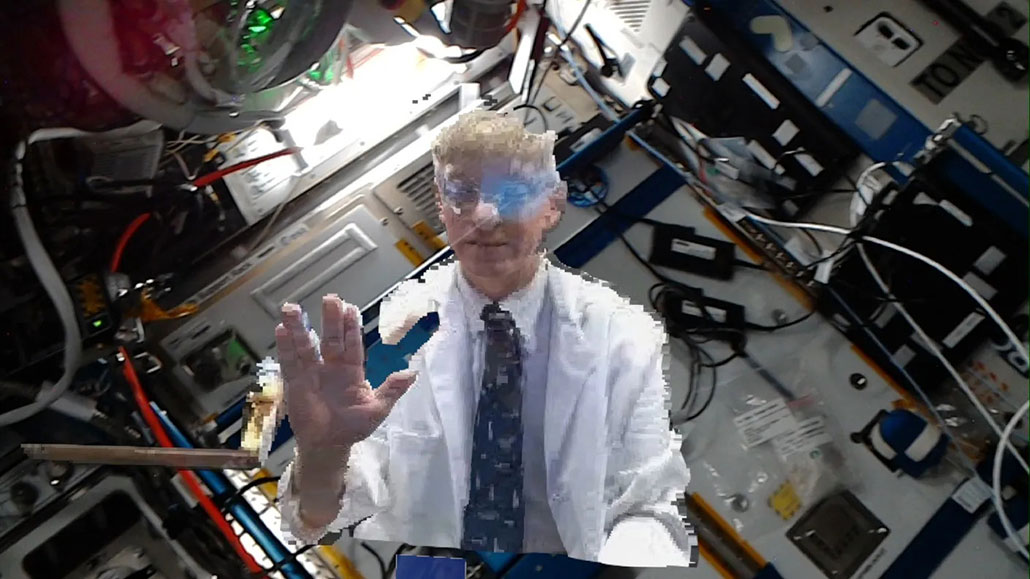
Beyond teleportation
XR is not a new technology. Neither is holography. Engineers are just finding newer ways to use them. XR for virtual teleportation has, in fact, been around for a while. During the pandemic shutdowns of 2020 and 2021, the tourism industry tapped into XR to offer virtual tours. Some companies now use it for factory visits, tours of sports stadiums and more. Others are working on ways to let people work together in an immersive, virtual environment (such as site visits and meetings).
As NASA has shown, holoportation has great potential for 3-D telemedicine. The space agency can even imagine true extraterrestrial use, such as for future missions to deep space.
But there are also plenty of potential uses here on Earth. People could holoport to safely visit extreme environments, such as Antarctica during its months of frigid darkness. Doctors might also use it to “visit” patients on offshore oil rigs or at military bases on the frontlines of conflict.
But to physically teleport someone from one place to another? “As far as we know,” Weaver says, “right now there doesn’t really exist any technology that can scale up to transport an entire human being.”







